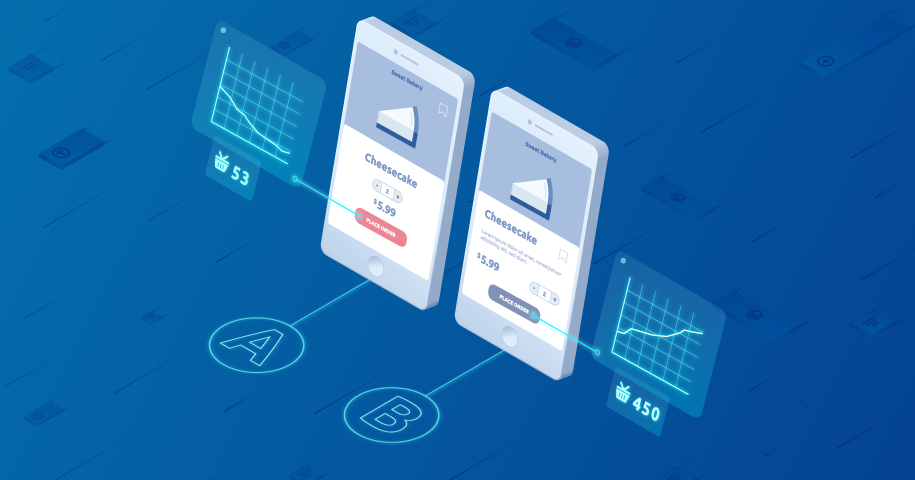A/B Testing Software Market Share, Insights, and Future Outlook | 2035

The A/B Testing Software Market Competition is a fascinating and multi-dimensional battleground, where the lines between different software categories are rapidly blurring, creating a complex and dynamic competitive landscape. The traditional rivalry between pure-play A/B testing platforms like Optimizely and VWO still exists, but it is no longer the central story. The competition is now being fought on multiple fronts, with pressure coming from several adjacent technology markets. The first, and most significant, competitive pressure comes from the rise of product analytics platforms like Amplitude and Mixpanel. These platforms, which are designed to help companies understand user behavior within their digital products, have begun to integrate their own A/B testing capabilities. Their competitive argument is compelling: why use a separate tool for testing when you can analyze user behavior, formulate a hypothesis, run an experiment, and measure its impact all within a single, integrated platform? This creates a powerful, closed-loop product optimization workflow that directly challenges the value proposition of standalone A/B testing tools.
A second major competitive front is the aforementioned battle between marketer-centric client-side platforms and developer-centric server-side platforms. This is not just a technological competition, but a competition for the "soul" of experimentation within an organization. Is experimentation a marketing function focused on optimizing conversion rates on a website, or is it a product and engineering function focused on iterating and improving the core product itself? The rise of feature management platforms like LaunchDarkly, which treat experimentation as a natural extension of the software development lifecycle, represents a major competitive threat to the traditional CRO-focused platforms. This is forcing the traditional vendors to invest heavily in their own server-side and feature flagging capabilities to remain relevant to the increasingly influential product and engineering teams within their customer base.
The third competitive dynamic is the ever-present influence of the major technology platforms. Adobe and Google (before sunsetting Optimize) have competed by bundling their testing tools into their broader marketing and analytics suites, leveraging their massive distribution power to make their offerings the default choice for many businesses. This "suite vs. best-of-breed" competition puts immense pressure on independent vendors, who must continually innovate to prove that their standalone tools offer a level of power, flexibility, or ease of use that justifies the additional cost and integration effort compared to the "good enough" tool that comes with the suite. Furthermore, the maturation of powerful open-source libraries for A/B testing presents another competitive vector, particularly for companies with strong in-house engineering talent who may opt to build their own experimentation framework rather than buy a commercial tool. This multi-front war—against product analytics platforms, developer tools, integrated suites, and open-source alternatives—makes for an incredibly dynamic and challenging competitive environment. The A/B Testing Software Market size is projected to grow to USD 40.28 Billion by 2035, exhibiting a CAGR of 15.65% during the forecast period 2025-2035.v
Top Trending Reports -
Unified Communications and Collaboration Market
- Art
- Causes
- Crafts
- Dance
- Drinks
- Film
- Fitness
- Food
- Juegos
- Gardening
- Health
- Home
- Literature
- Music
- Networking
- Other
- Party
- Religion
- Shopping
- Sports
- Theater
- Wellness
